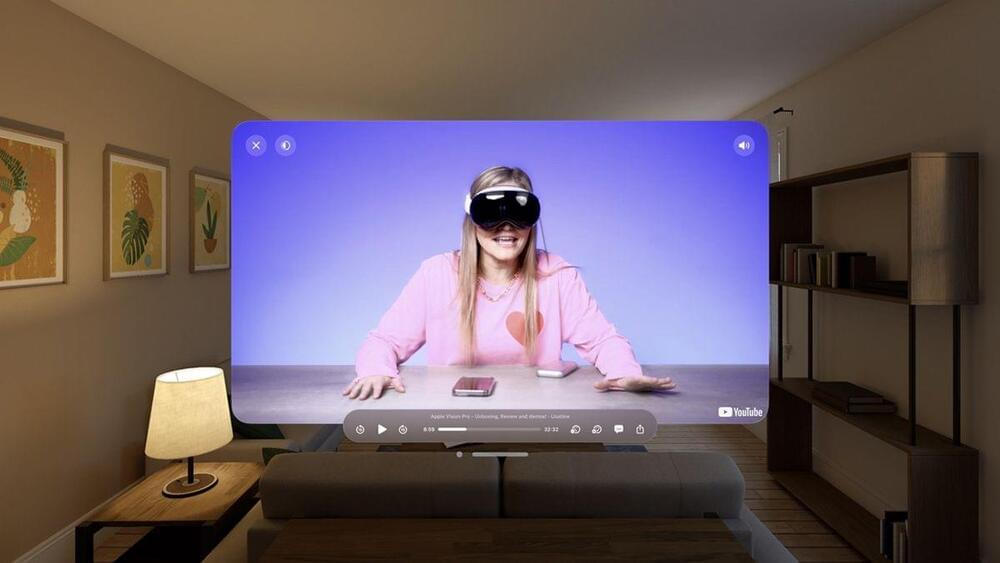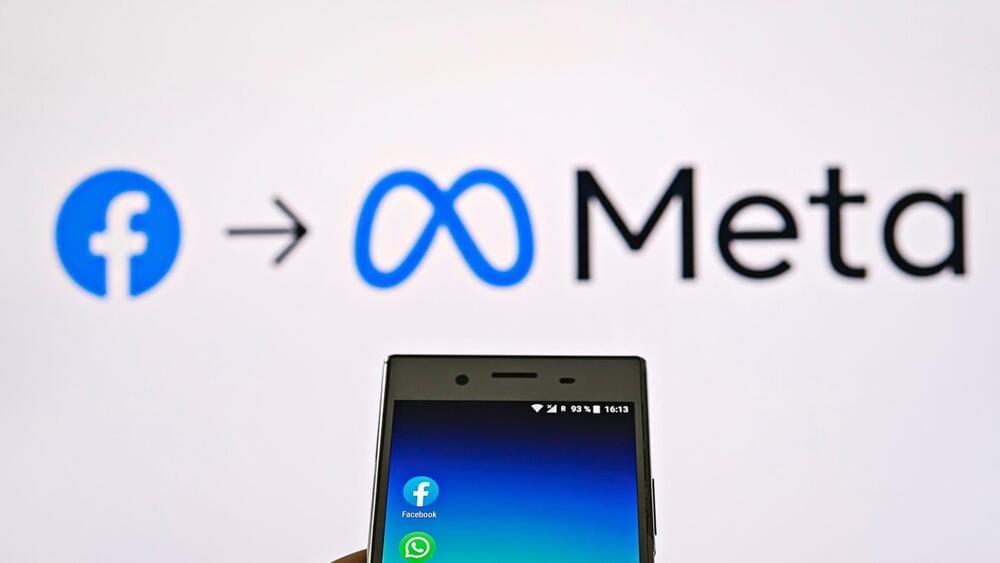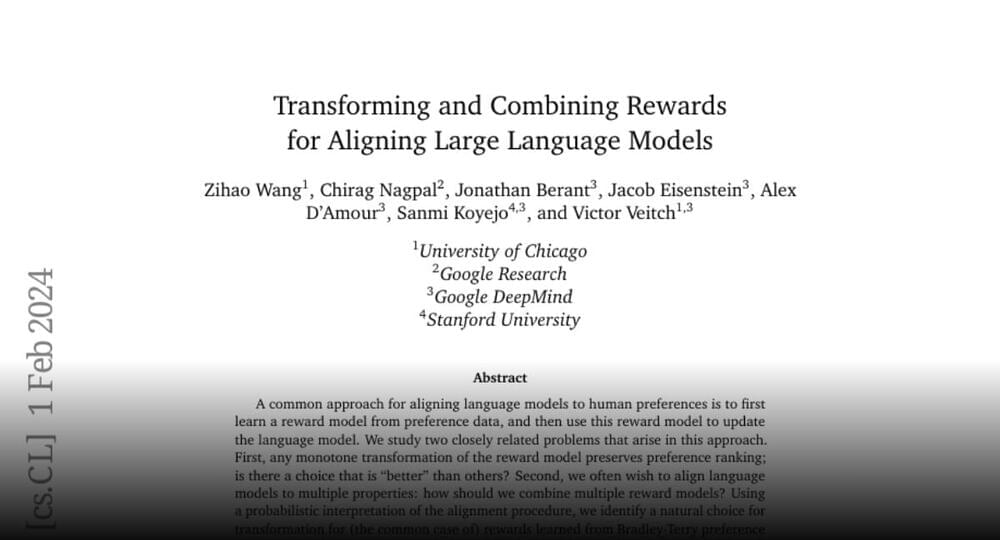Facebook turns 20 years old today, and if you don’t like it, I’m sure you have your reasons.
Mark Zuckerberg launched Facebook on February 4, 2004, in his Harvard dorm room. Thomas Lake says there are valid reasons today to dislike Facebook, but for him and many others it’s a living journal of 21st-century life — a virtual museum that otherwise would not exist.








